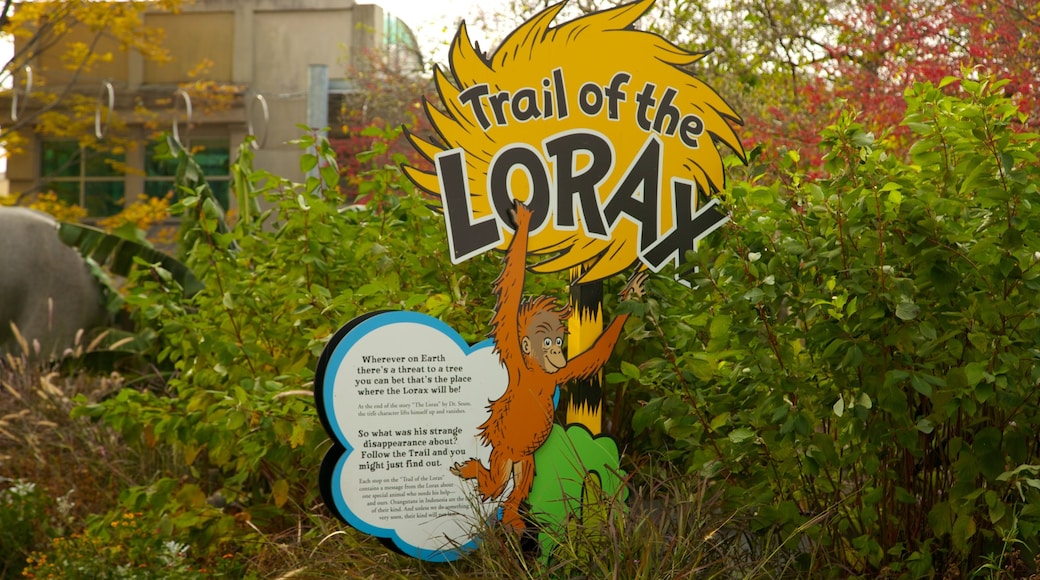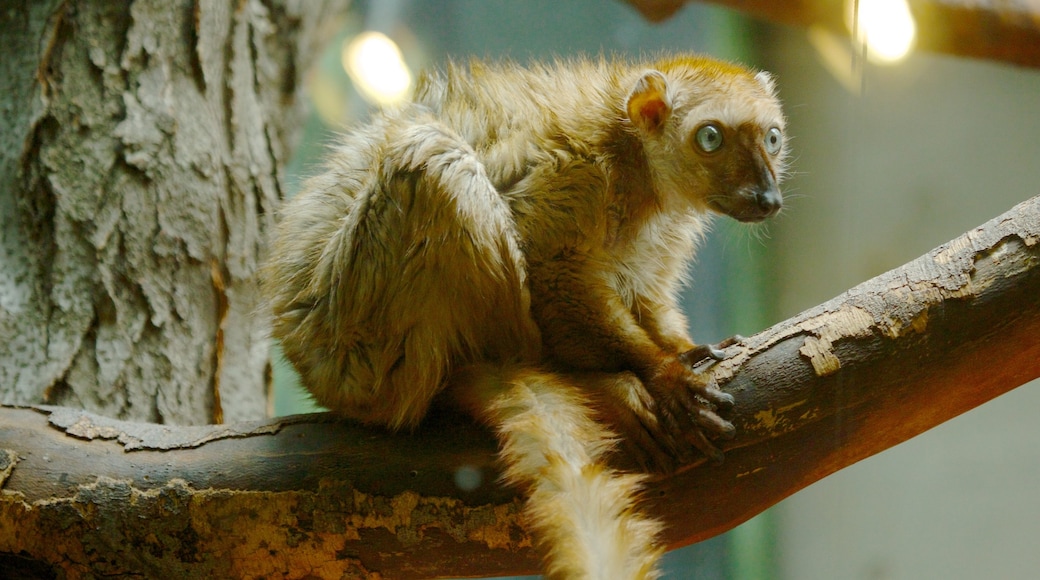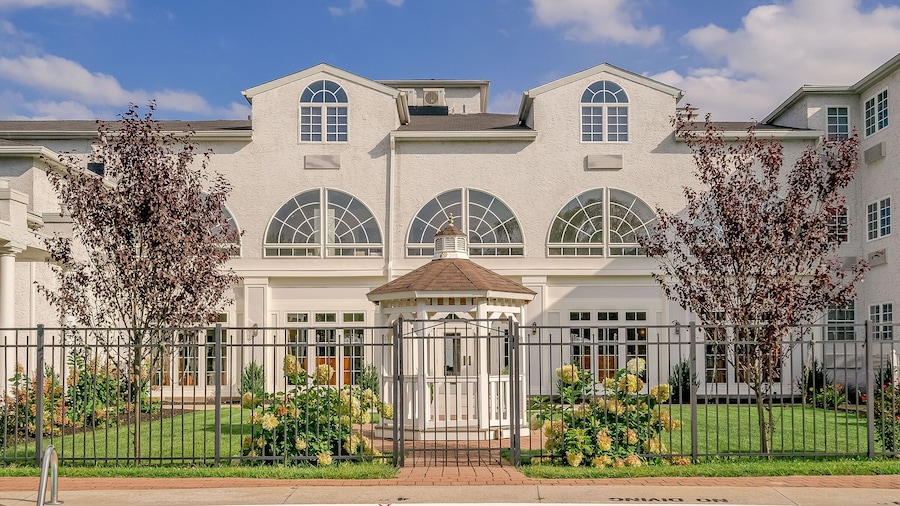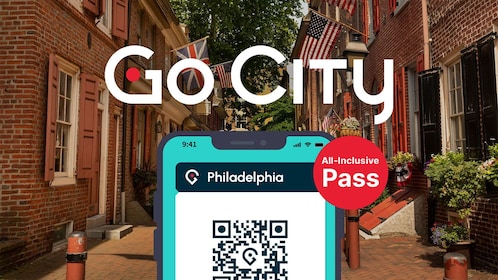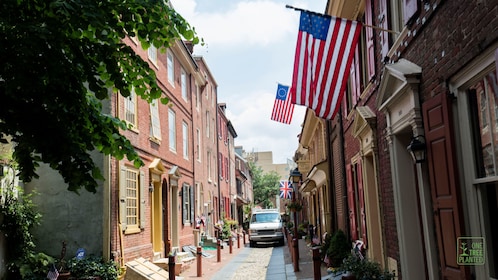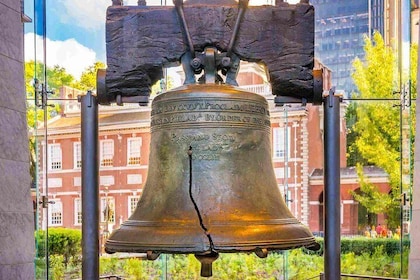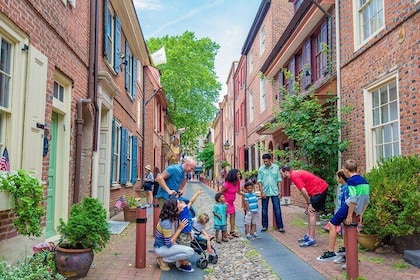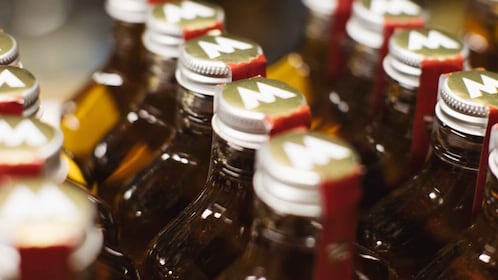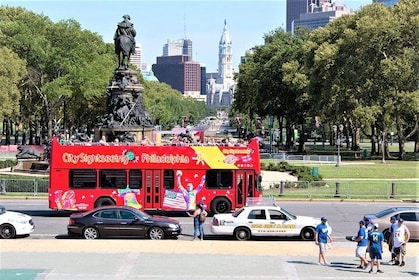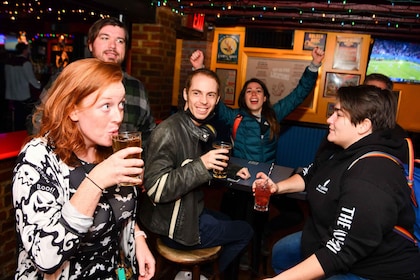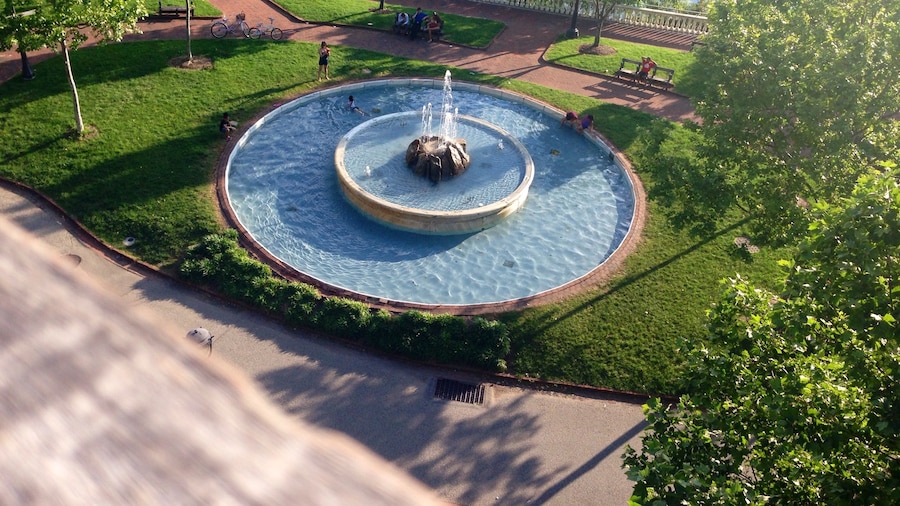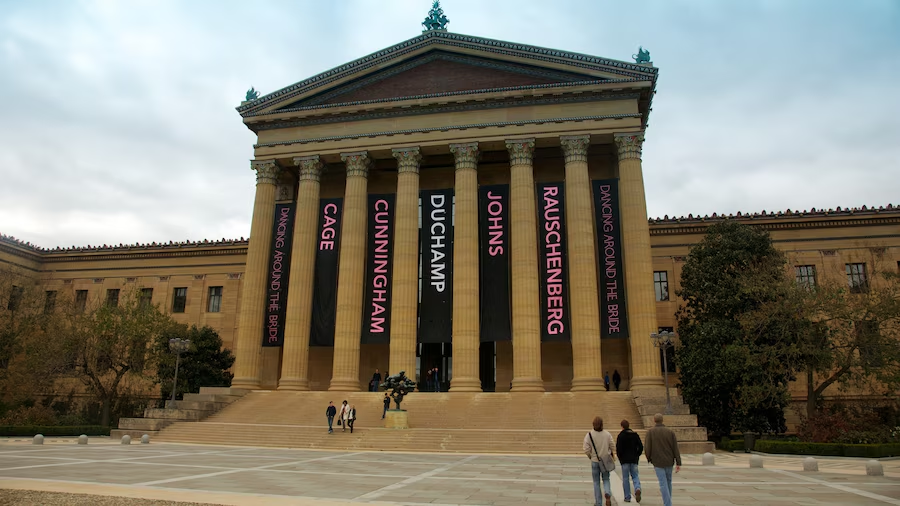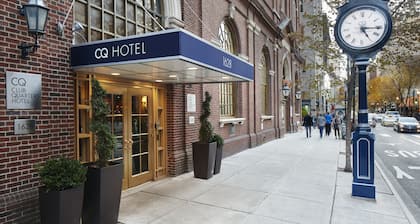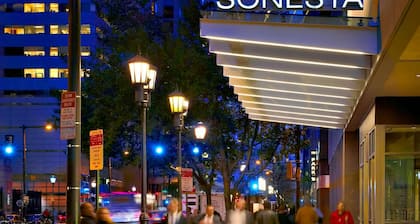Le Philadelphia Zoo est un parc historique de 17hectares abritant 1300animaux dans 15habitats permanents. La faune africaine et australienne partage le zoo avec des mammifères, des oiseaux et des reptiles nord-américains. Le programme spécial d'élevage du zoo et sa politique environnementale sont axés sur la protection des espèces en voie de disparition.
Ce zoo date a plus 150ans, mais il répond à des normes modernes, telles que la création d'habitats dans lesquels les animaux sont en liberté. Ne manquez pas la Jungle Bird Walk pour les oiseaux et la Monkey Junction pour les primates. Ses programmes destinés aux enfants prônent activement un mode de vie respectueux de l'environnement.
Les habitats naturels comprennent les luxuriantes First Niagara Big Cat Falls et le rocailleux Carnivore Kingdom. Gardez un œil sur les lions blancs de Timbavati, qu'on croit disparus à l'état sauvage. Le Philadelphia Zoo est particulièrement connu pour ses magnifiques élevages d'espèces en voie de disparition qui sont difficiles à élever en captivité. Rencontrez Vinkel, qui, en 1994, a donné naissance au premier lionceau blanc à voir le jour sur le sol des États-Unis. Les orangs-outangs, les ours polaires arctiques, les tortues des Galapagos et les tortues à dos de diamant figurent parmi les espèces menacées que vous pouvez observer ici.
Les enfants de moins de 13ans peuvent participer aux soins des animaux de la ferme au KidZooU, une attraction intérieure et extérieure. Pendant les journées calmes, envolez-vous comme les oiseaux dans la nacelle du Zooballoon: vous aurez une vue plongeante sur le zoo et Philadelphie.
Le Philadelphia Zoo se trouve à six kilomètres au nord-ouest du centre-ville, sur la rive ouest de la rivière Schuylkill. Les places de stationnement sont chères sur l'avenue Girard ou la rue 34th. Il est moins cher d'attraper un autobus Phlash au centre-ville de Philadelphie. Pour voir le plus de présentations de gardien de zoo possible, consultez le programme en ligne. Pique-niquez dans le zoo ou gâtez-vous dans les divers restaurants et kiosques de restauration rapide ou plus santé.
Le zoo est ouvert tous les jours de l'année, sauf pendant les grandes vacances d'hiver. Les heures d’ouverture varient selon les saisons.
